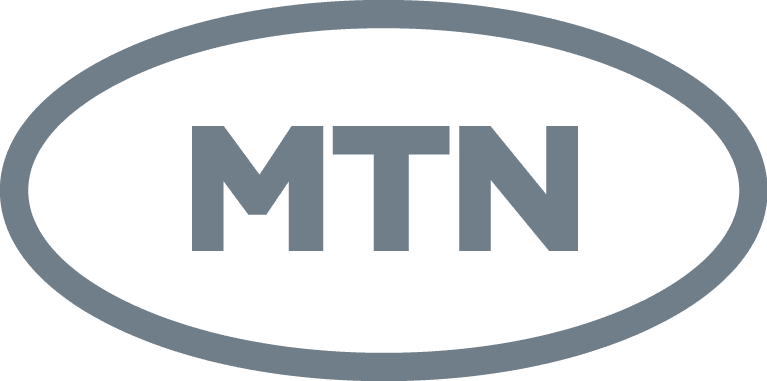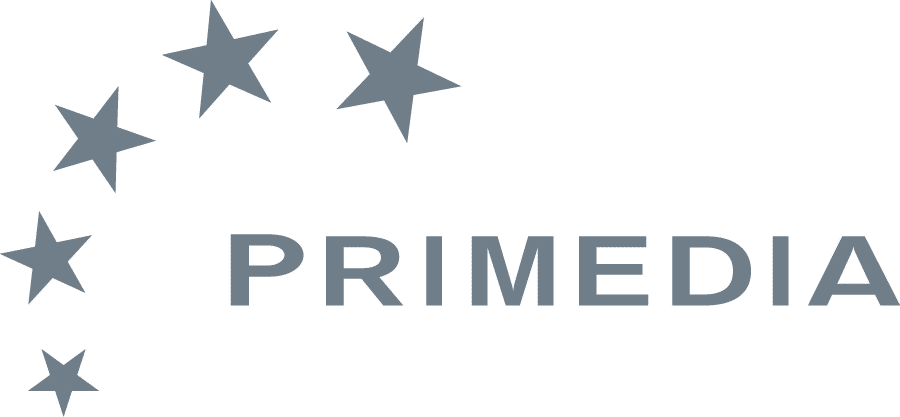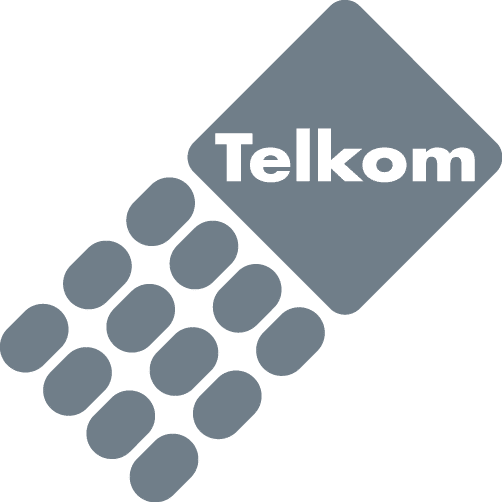In crowded online marketplaces, it doesn’t suffice to open a store; it’s the brand’s reputation that should be the key to success. This is where Brand Communications becomes invaluable. For a company in the e-commerce and/or retail space, PR is the gap between your brand and your customers – it’s the factor that turns your name into something they’ve heard of, makes your product credible and your company a trusted authority on what you’re offering. Unlike paid ads, Brand Communications comes with social proof; being covered by professionals builds trustworthiness for your brand.
For retail and e-commerce, Brand Communications encompasses media relations, product launches, influencer engagement and partnerships, crisis remediation, and event-based outreach. It’s about getting your story into the proper channels — blogs, podcasts, industry news, and social feeds — to find new audiences and deepen existing relationships. When executed appropriately, PR increases brand exposure without the advertising price tag, allowing brands to stand out in crowded landscapes.
Why Public Relations is Essential for E-commerce & Retail
In a digital-first economy where thousands of online stores compete for the same customers, Public Relations is the most effective tactic for building trust and visibility. Consumers are not just purchasing products — they are also buying into brands. What your brand stands for, how the media perceives it, and what other people say about it are more critical than ever. PR “is the difference between what your brand does and what the public thinks it does,” in other words.
Brand Communications for E-commerce and Retail. In the world of e-commerce and online retail, there are several key areas where Brand Communications can make or break the success of a business. Not only does it generate positive press in fintech publications, but it is also the most credible form of branding (third-party endorsement) and the best way to amplify your voice in the market. Whether you’re a boutique brand that wants to tell the story of your origin or a scaling brand rolling out a new product line, PR is what gets eyes and ears in front of your narrative.
Public Relations makes your business “more human. In a world of online shopping where brands can often feel anonymous, narratives about your mission, team, values, or sustainability efforts add dimension and relatability. Power users become even more loyal when they have an understanding and connection with the purpose behind the product.
Challenges of Public Relations in Online & Retail Markets
All its advantages, though, PR in retail and e-commerce still has its own set of hurdles that brands need to overcome. Market oversaturation is one of the largest. With numerous online stores opening each day, looking to make a splash — and many of them offering the same products — scoring non-paid media coverage is more complex than simply issuing a press release. Editors and influencers receive dozens of pitches a week, so your story must have a compelling hook and value.
Another is a matter of timing. It’s a common tactic for retail brands to anchor their PR efforts around product drops, new seasonal collections, or shopping events like Black Friday. However, PR is not built to operate on a last-minute basis. Journalists require lead time, and matching editorial calendars with product launch schedules is no small feat of scheduling. Both in boxing and for Medina, hesitations in the application of technique are missed opportunities for coverage.
Public Relations in this industry needs to be flexible. Online fads come and go, and so do customer demands, while backlash can go viral in a matter of hours. An active and proactive PR program is necessary for responding to and addressing unexpected events, such as order delays, product quality issues, or data breaches. There is no room for non-response or slow and non-transparent parent responses, which can lead to permanent trust loss.
There are also problems in measurement. It’s challenging to directly attribute PR exposure to conversions or revenue. Brands must balance and leverage a mix of thoughtful referral tracking, customer feedback, and long-term sentiment tracking to measure their efficacy. And yet, despite these challenges, brands that invest in credible, sustainable PR are rewarded with unmatched credibility, resilience, and long-term customer loyalty.
Proven Public Relations Strategies for E-commerce & Retail
A solid PR strategy for e-commerce and retail brands combines media visibility with compelling storytelling and community engagement. Product media outreach is a strategic choice that can persuasively add value.
Whether it’s a skincare line or a tech gadget, unique press kits are essential to grab attention. This would be visually appealing, featuring lifestyle shots, founder quotes, and sample opportunities. This enables journalists or influencers to receive the product and share stories that resonate with their audience.
Partnerships with influencers are also a significant factor. Partnering with respected voices in your space, particularly niche micro-influencers with high engagement rates, can provide an important signal boost. When an influencer uses your product and shares a story about it, it gives social validation that resonates more with people than traditional advertising.
A key Public Relations strategy involves brand storytelling. Tell us the story of how your business came to be, the steps you took to establish it, or what your business’s mission or purpose is when it comes to sustainability or supporting local communities. These stories carry emotional resonance and draw customers eager to help brands with a purpose. Pitch these stories to lifestyle and business media outlets or share them through guest posts and founder interviews.
Experiential or event-driven PR can also work for retail brands. Host pop-ups, webinars, or virtual launches where you can personally connect with media or customers about your product. Use those moments to build buzz and secure press coverage.
Measuring Public Relations Success in Retail & E-commerce
When it comes to PR measurement for retail and e-commerce, it’s about more than media mentions – it’s about the impact on awareness, engagement and sales. The first data point to monitor is media coverage.
Record the publications where your brand participated, the reach obtained from the various channels, and the product presentation context. Reputable publications’ high-quality earned media brings weight to your brand’s credibility.
Insights can also come from website analytics. Seek out traffic spikes around Public Relations campaigns, such as after a product launch feature or an influencer’s unboxing video. Keep a close eye on referral sources and time spent on site—if visitors are arriving from media links and sticking around, your PR is making the right kind of impact.
Promo codes and specific landing pages also work well for attributing conversions to certain PR efforts. If a promo code supplied by an influencer leads to a sale, then the success can be quantified for the better. Additionally, branded search volume typically increases after the campaign (due to heightened curiosity).
On the brand sentiment side, social listening can be helpful when monitoring your customers’ chatter about your brand. Is it resulting in positive attention? Are there publications that support your brand’s guiding values? These are the qualitative issues that matter most when driving long-term loyalty.
Try monitoring awareness using customer surveys. Inquire of new clients as to who referred them. This is an exercise we encourage you to do. If a lot of people list media or influencer-based publications, then your Brand Communications efforts are paying off. Results from PR may not be instantaneous, but if appropriately tracked, they are indicative of a strong influence on visibility, reputation, and brand evolution.
Conclusion
In an era of an oversaturated marketplace, Public Relations is critical when it comes to differentiating e-commerce and retail brands. It transcends advertising to foster trust, share meaningful stories, and genuinely engage with audiences. By being more proactive with media relations, forming strategic partnerships with influencers, participating in seasonal campaigns, and being crisis-ready, brands can increase visibility, authenticity, and sustainable growth, rather than just achieving quick sales.
Effective Brand Communications programs provide a combination of short-term product awareness and long-term brand equity. Whether you’re building a sustainable activewear company, a luxury home decor brand, or a niche food product, PR can help establish you as more than just a store, but as an authority worth paying attention to.
GET IN TOUCH WITH THE DIGITAL SCHOOL OF MARKETING
Do you want to become a digital public relations expert with the Digital School of Marketing? If you do, you must do our Digital Public Relations Course. Follow this link to find out more.
Frequently Asked Questions
While Brand Communications in e-commerce and retail, for instance, are strategic communications aimed at establishing and maintaining a meaningful relationship between a brand and its audience, including the media and other stakeholders. It’s about earning media coverage, controlling public opinion, telling brand stories, and fighting fires. PR doesn’t pay for an audience or eyeballs; PR earns attention because it is news or worthy of attention. In e-commerce and DTC, PR establishes credibility and fosters awareness by featuring product launches, founder stories, and customer success stories.
PR is a must-have for online retail brands because it creates visibility and credibility, and trust is often the deciding factor in the purchase process. Because customers can’t physically touch products before purchasing them, reputation is everything. PR pitches in by obtaining product features, influencer collaborations, and brand stories that will reassure buyers. It also offers the additional SEO benefit of earned media backlinks and organic mentions. In an age where consumers conduct research on brands before making a purchase, consistent public relations helps keep you top of mind, enabling a professional and credible image.
Public Relations scales product launches by building excitement and securing coverage in respected publications, blogs, and social media properties. PR extends your message to an already interested audience searching for trends through press releases, media kits, and influencer partnerships. When the PR stars align, the powerful stroke of a hollow press can be the very thing that defines a brand. It provides your product with third-party proof, demonstrating that it’s something that can generate customer testimonials, social proof, and drive-up conversions.
Yes, PR is even more critical for small businesses than it is for most large companies. PR gave them visibility without the continued costs of advertising, in the absence of recurring ad dollars. Small brands can leverage unique stories—whether that be founder journeys, sustainable practices, or local partnerships—to garner media attention that fosters trust. Public Relations helps level the playing field by positioning smaller e-commerce or retail companies as reputable and community-focused.
Public Relations involves earned media and reputation management, in contrast to marketing, which often involves paid promotions and direct sales strategies. E-commerce and retail PR aims to establish long-term trust and visibility through storytelling, media relations, and community engagement. Marketing initiatives typically have short cycles and are focused on conversion. It’s the PR side, though, that cultivates the emotional appeal with consumers and fosters that trust and overall brand perception.
.
The first and most common measure of Public Relations success is by the numbers. Brands monitor media placements, website traffic spikes, backlink acquisitions, and referral traffic. In qualitative terms, PR success manifests itself in better brand sentiment, more engaged customers and a stronger reputation. You can also leverage promo codes or landing pages associated with PR campaigns to connect the dots between direct efforts and sales. In e-commerce and retail, relying on Public Relations does not necessarily mean taking a direct path to conversion, but instead building trust and brand recognition, which ultimately leads to success.





















